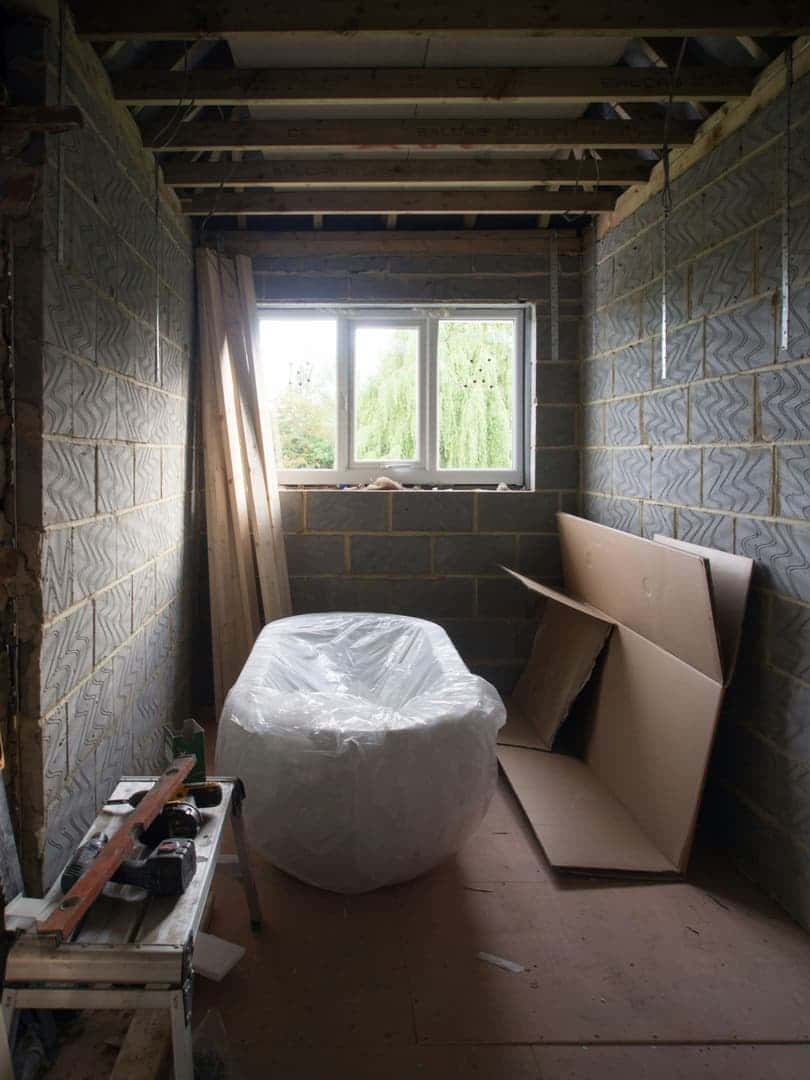
Autumn Lighting: How to Save Energy as Days Get Shorter
I notice it every mid-September: the sun slips away earlier and my flat feels dim by dinnertime. That's when the lights go on—and when the electricity bill starts creeping up. The good news is that lighting is one of the easiest things to optimize. With a few small changes, I've cut mine almost in half without living in the dark.
Swap Out the Old Bulbs
I used to run a mix of halogens and old incandescents. The glow was nice; the cost wasn't. Switching to LEDs felt pricey at first, but the next bill told the story. LEDs use about 80% less energy and last a decade or more. Swapping a handful in my living room alone saved roughly €10 a month. That adds up over a year.
Let the Daylight In
Most of us underuse natural light. I moved my desk closer to the window and swapped a heavy curtain for a lighter one. Suddenly I didn't need a lamp until late afternoon. A neighbor put a mirror opposite her window and her living room brightened right up. Simple tweak, big effect.
Use Lights Only When You Need Them
Hallways, basements, storage rooms… we flip the switch and forget. I added a €15 motion sensor in the corridor; now the light shuts off after two minutes. It pays for itself in one winter.
Small Habits, Big Difference
The easy wins come from small routines. I hit the switch when I leave a room—now it's automatic. Instead of lighting the whole kitchen, I use a table lamp to read. I also cook a bit earlier, before it's fully dark. These tweaks don't feel like sacrifices, but they do show up on the bill.
Conclusion: Shorter days don't have to mean higher bills. With LEDs, more natural light, and a couple of smart gadgets, autumn evenings stay just as cozy—without the shock when the electricity statement arrives. Combine these lighting tips with our [5 habits to cut heating bills](/en/blog/2025-10-01-cut-heating-bill-5-habits) and [winter home preparation guide](/en/blog/2025-10-07-winter-home-prep) for maximum energy savings.
About the author:
Alexandre Dubois is a French sustainability enthusiast who explores practical, science-backed habits for everyday life. From reducing household energy use to cutting food waste, his focus is on small changes that add up to real impact. He shares what he tests in his own home so others can live greener without sacrificing comfort. Contact: info@greendailyfix.com
Related posts

Eco-Heating in 2025: Heat Pump vs Pellet Stove vs Solar Heating
Heating accounts for nearly 60% of household energy use in Europe. In 2025, eco-friendly systems are booming — but the choices can be confusing. Should you switch to a heat pump, invest in pellets, or go solar? Let's compare costs, comfort, and carbon impact realistically.

Humidity and heating: finding the right balance in European homes
When heating comes on, indoor air often dries out — except in unventilated rooms, where moisture builds up. Too much humidity brings mold, too little dries out skin and sinuses. The balance is easy to achieve with a few simple habits.

Get your home winter-ready without expensive renovations: real solutions that work
Every autumn, we promise ourselves to improve insulation — yet between budget and time, major renovations always get postponed. But a warmer home doesn't just depend on thick insulation or triple-glazed windows. A few practical, real-life actions can cut energy use starting this month.

October is here: 5 simple habits to cut your heating bill
Every year, October marks the return of chilly evenings and the first heaters being switched back on. Across Europe, households brace for rising energy bills as the days get shorter. Yet cutting consumption doesn’t always require big investments: small habits are enough to reduce costs without sacrificing comfort.